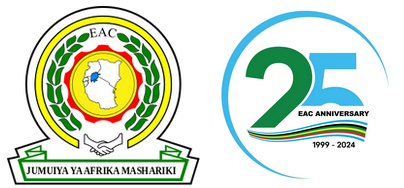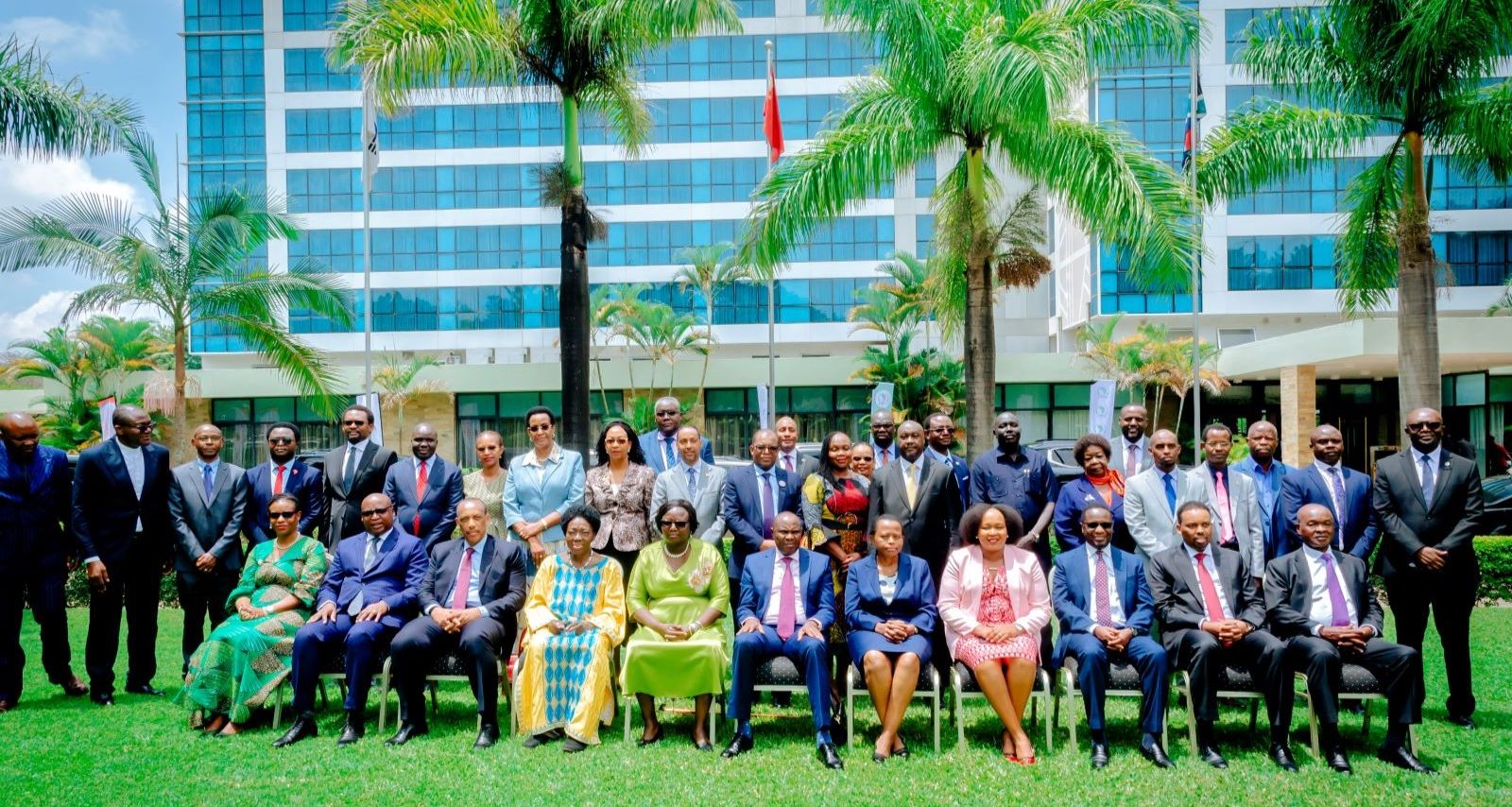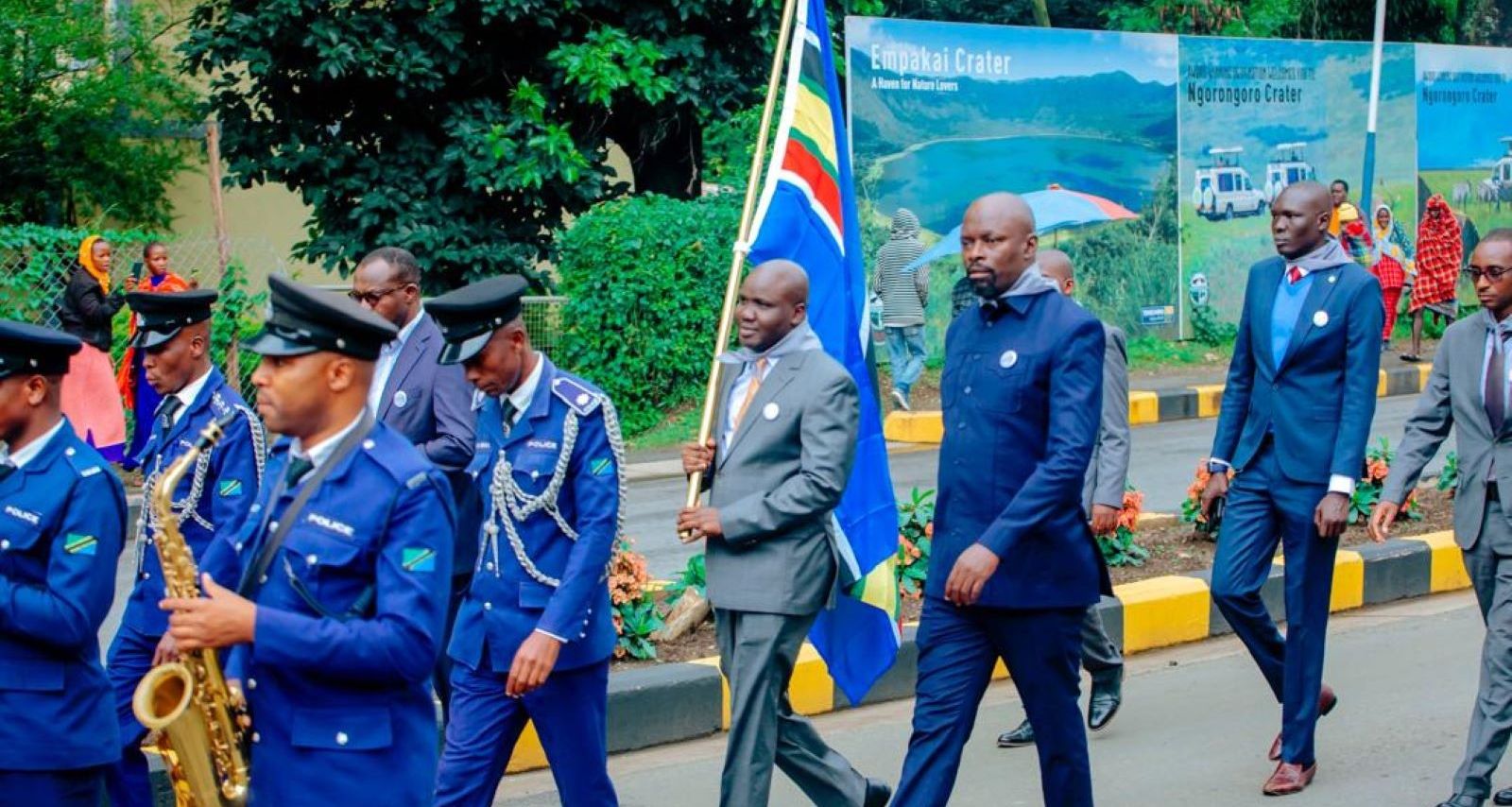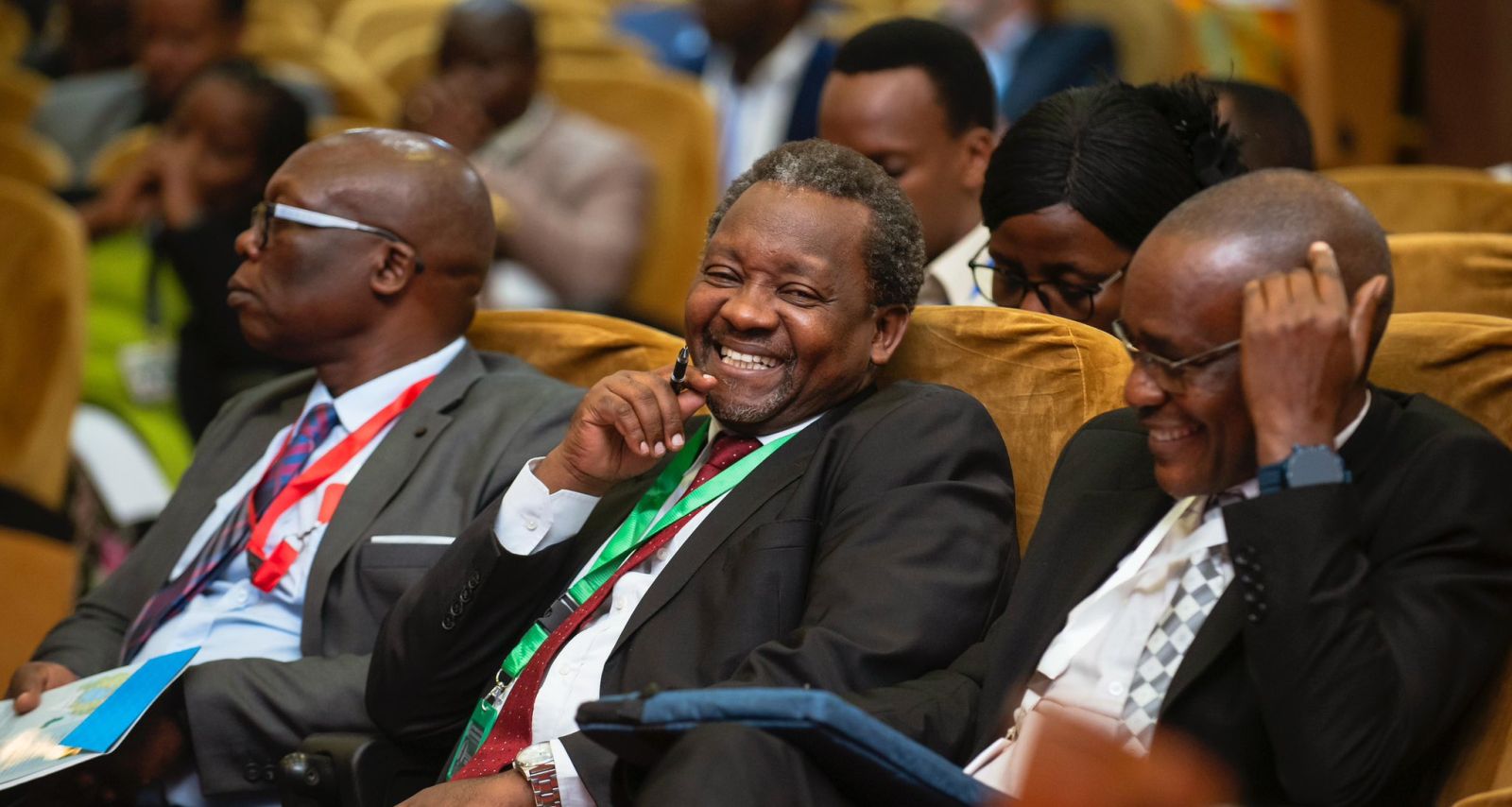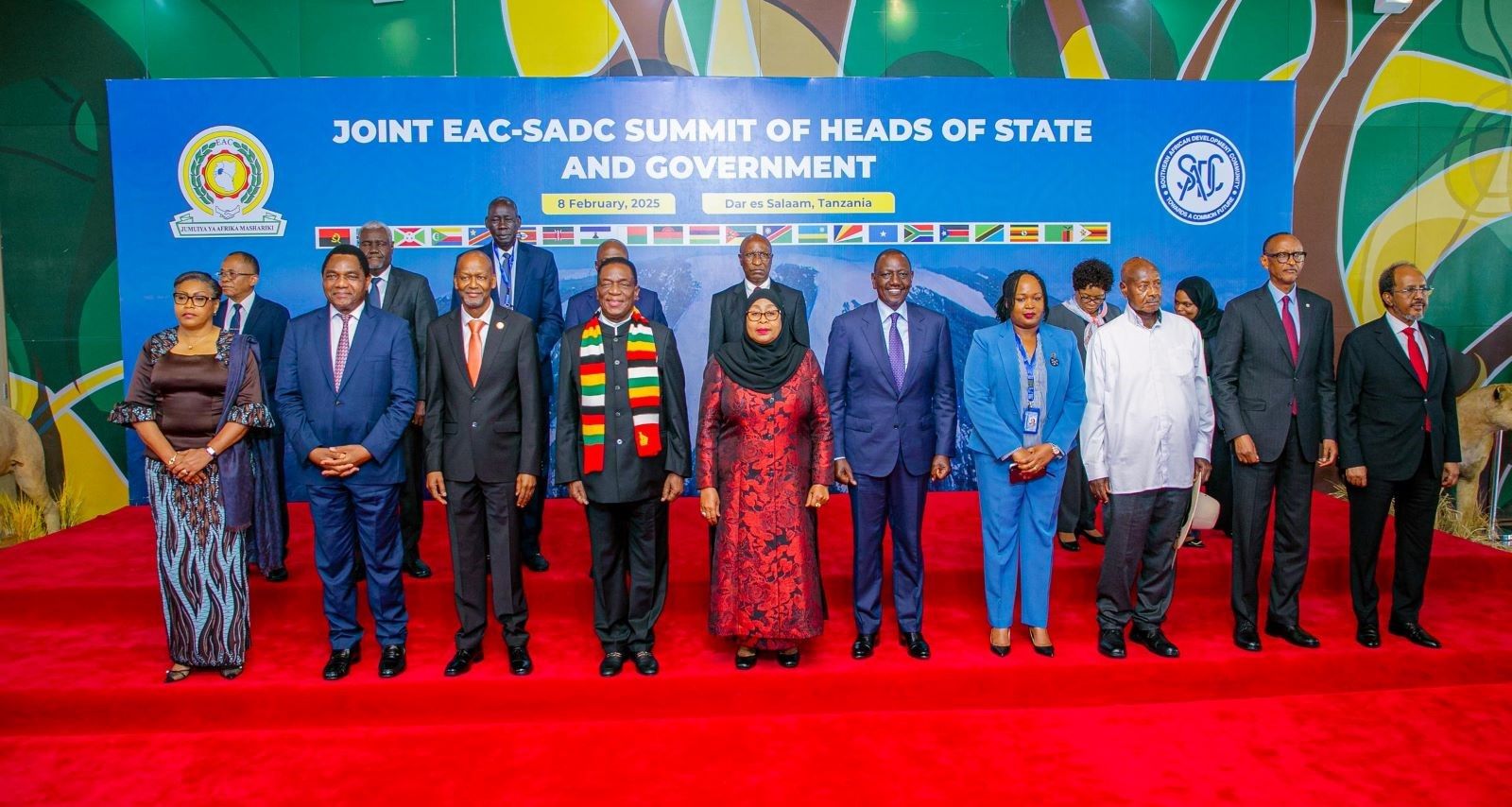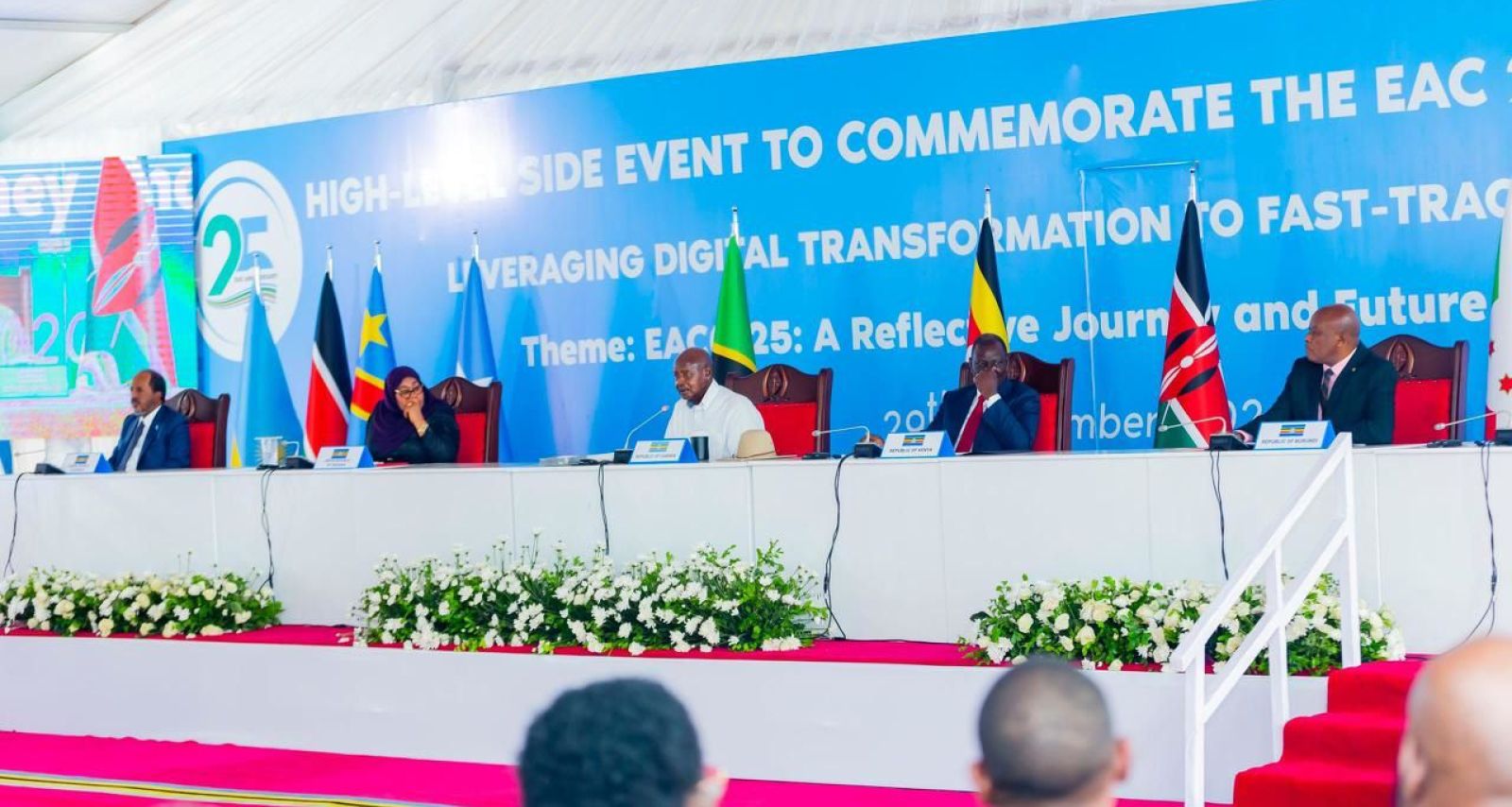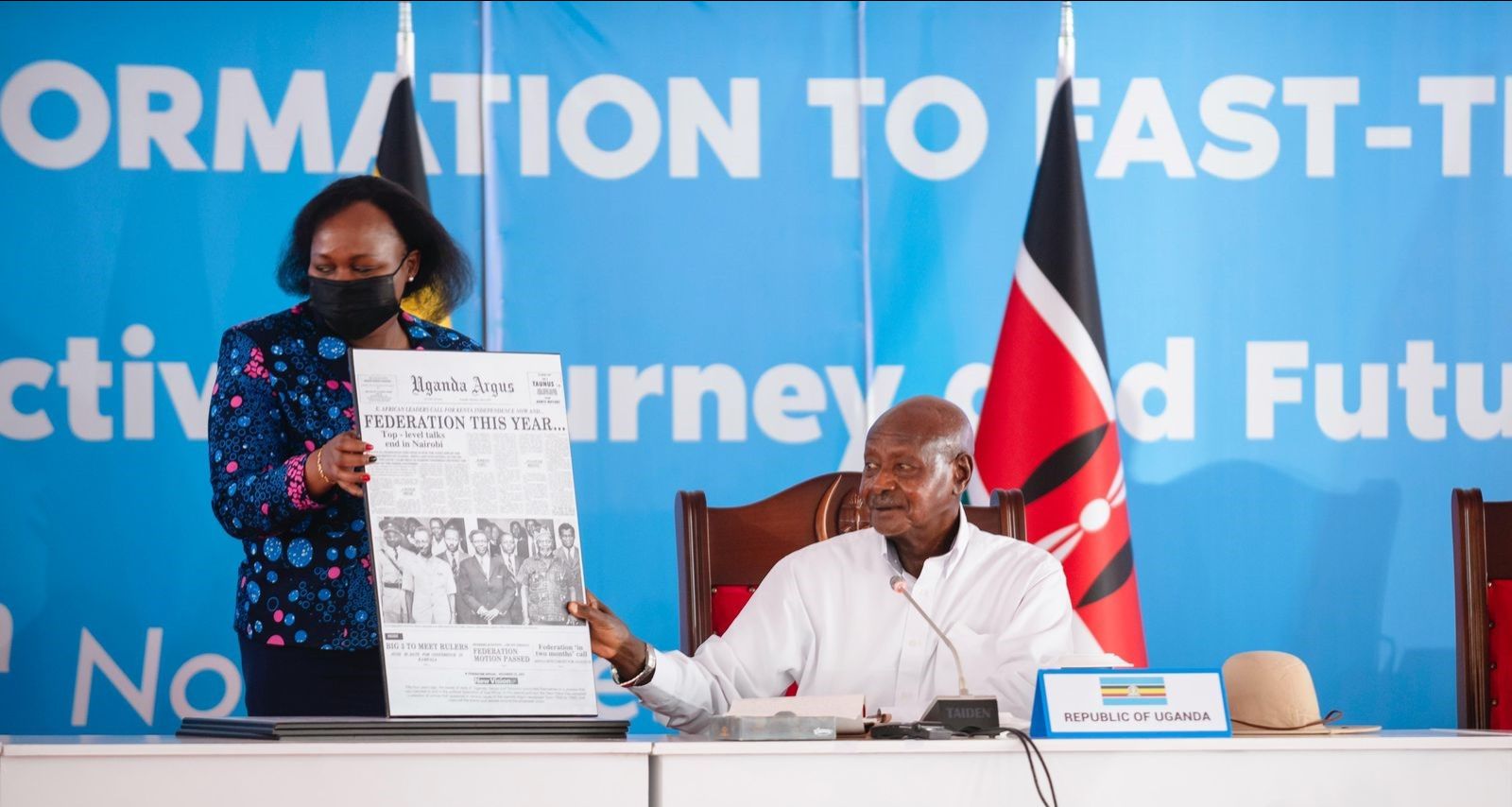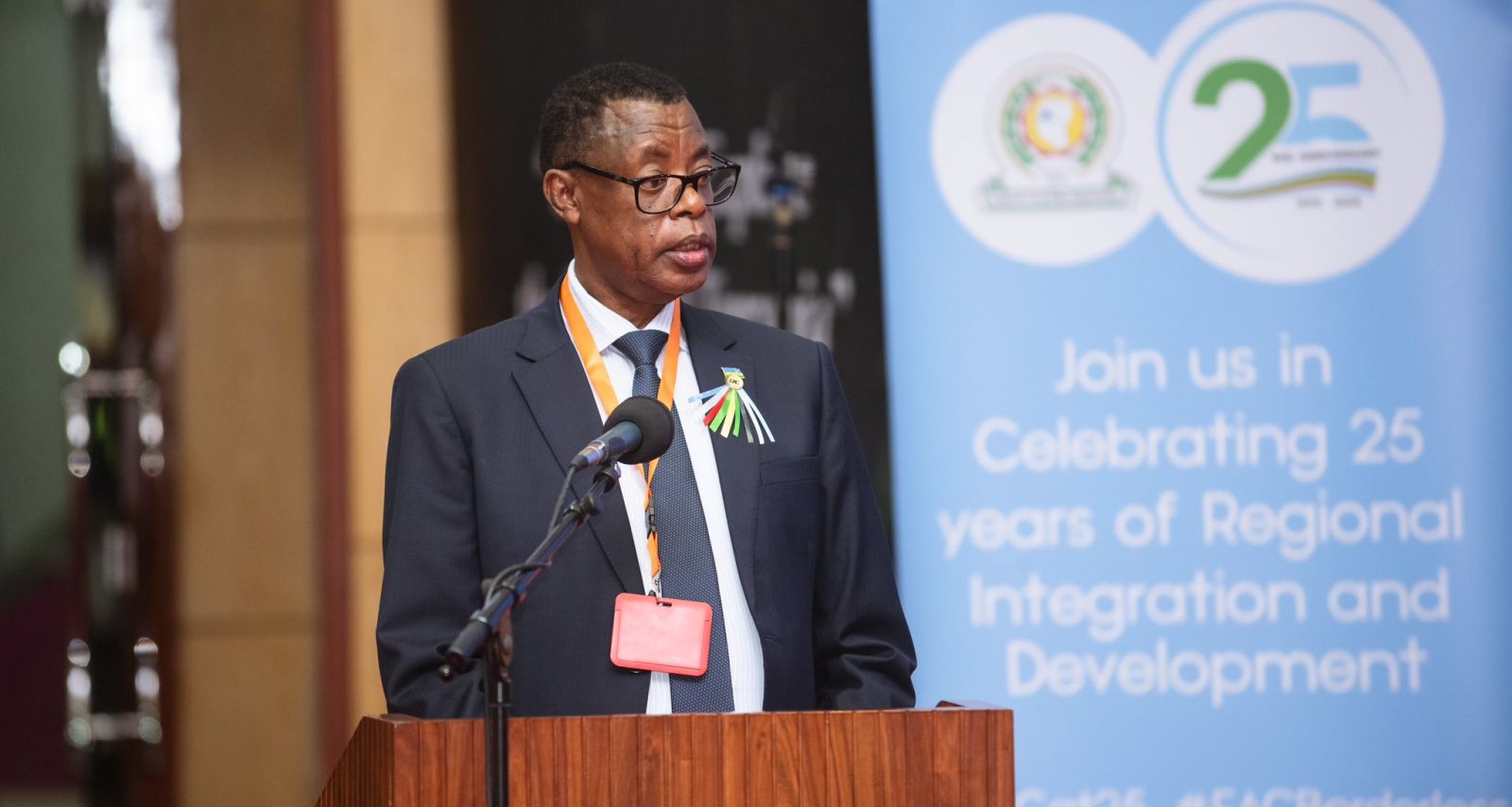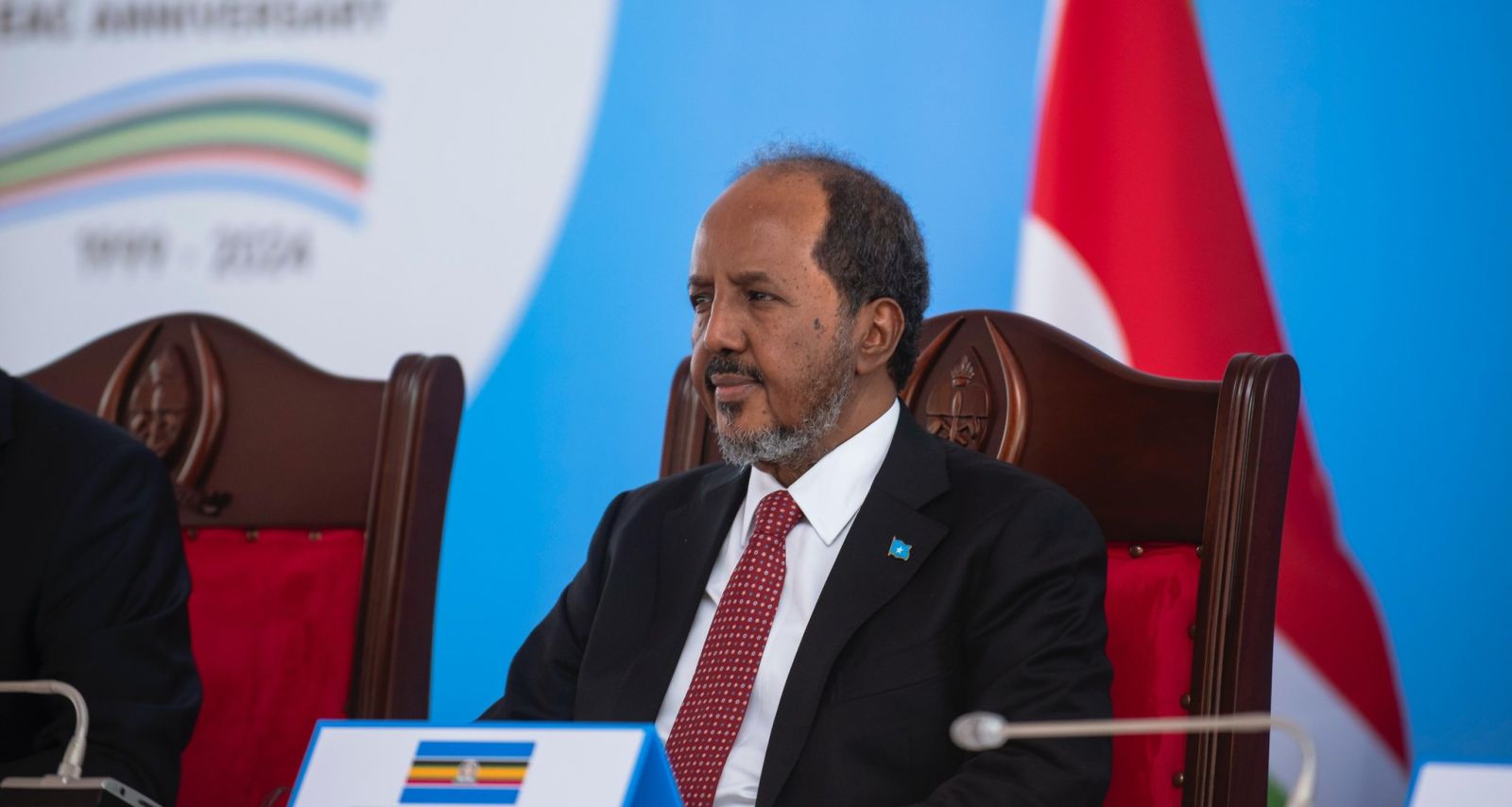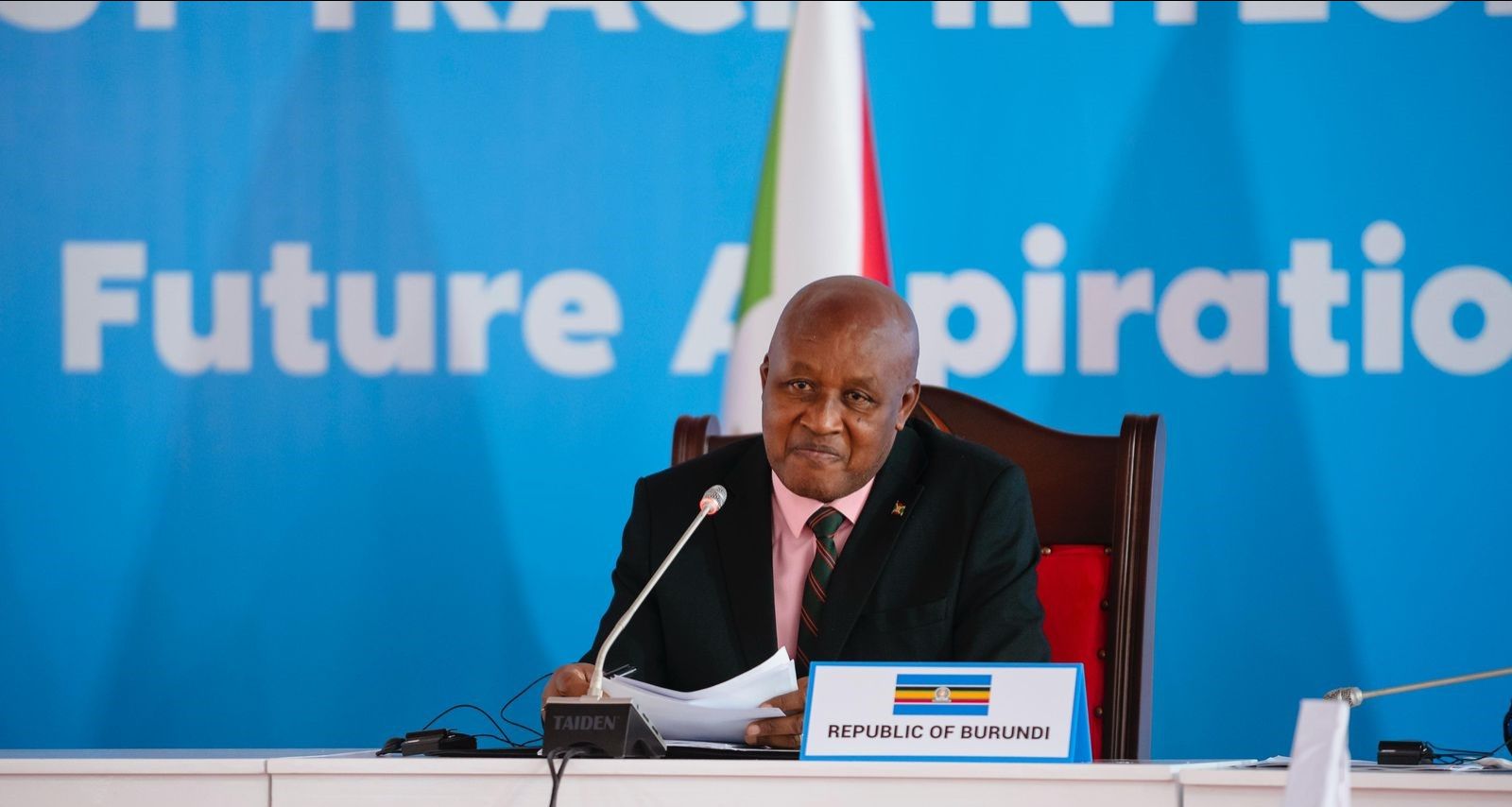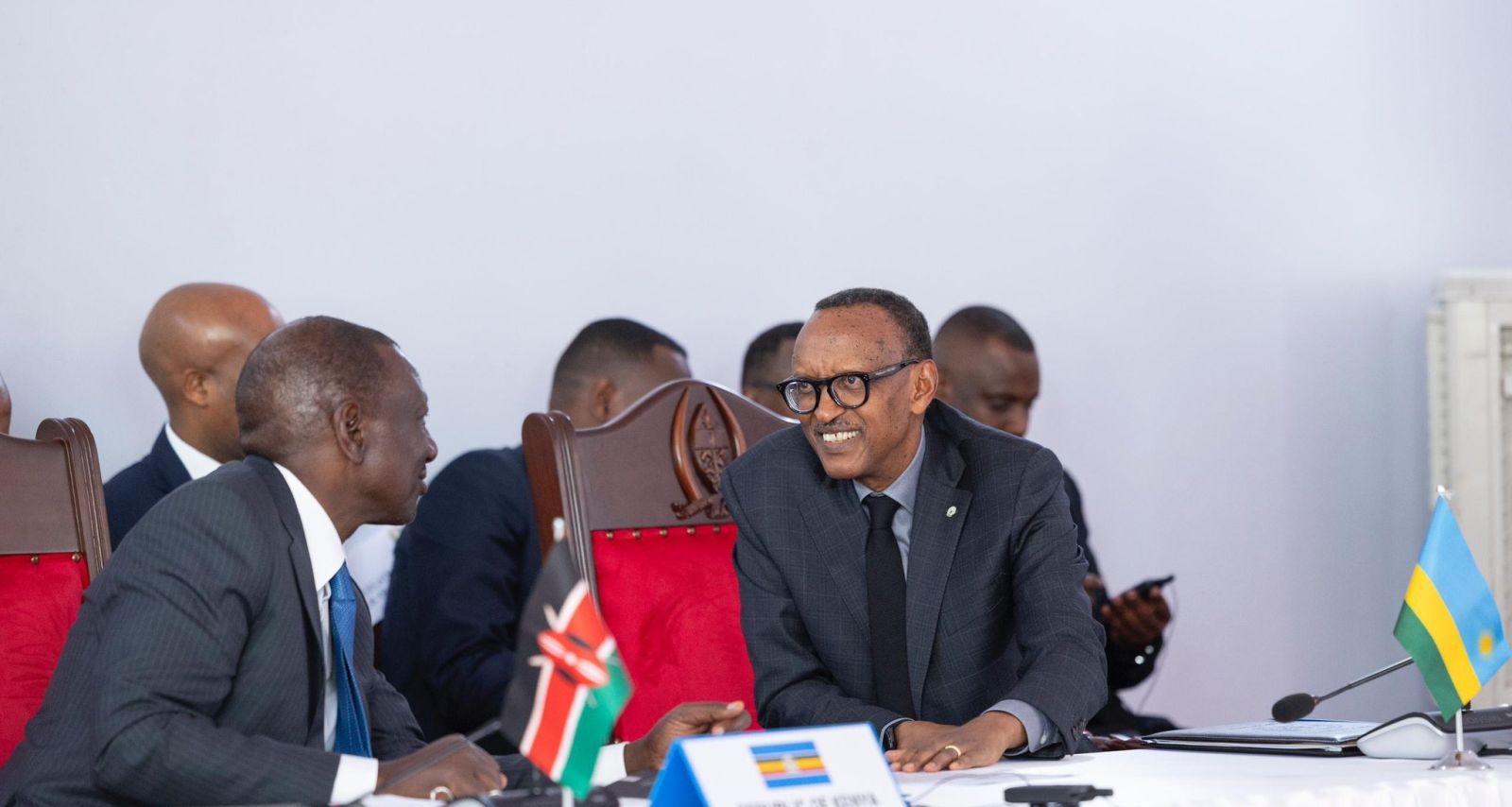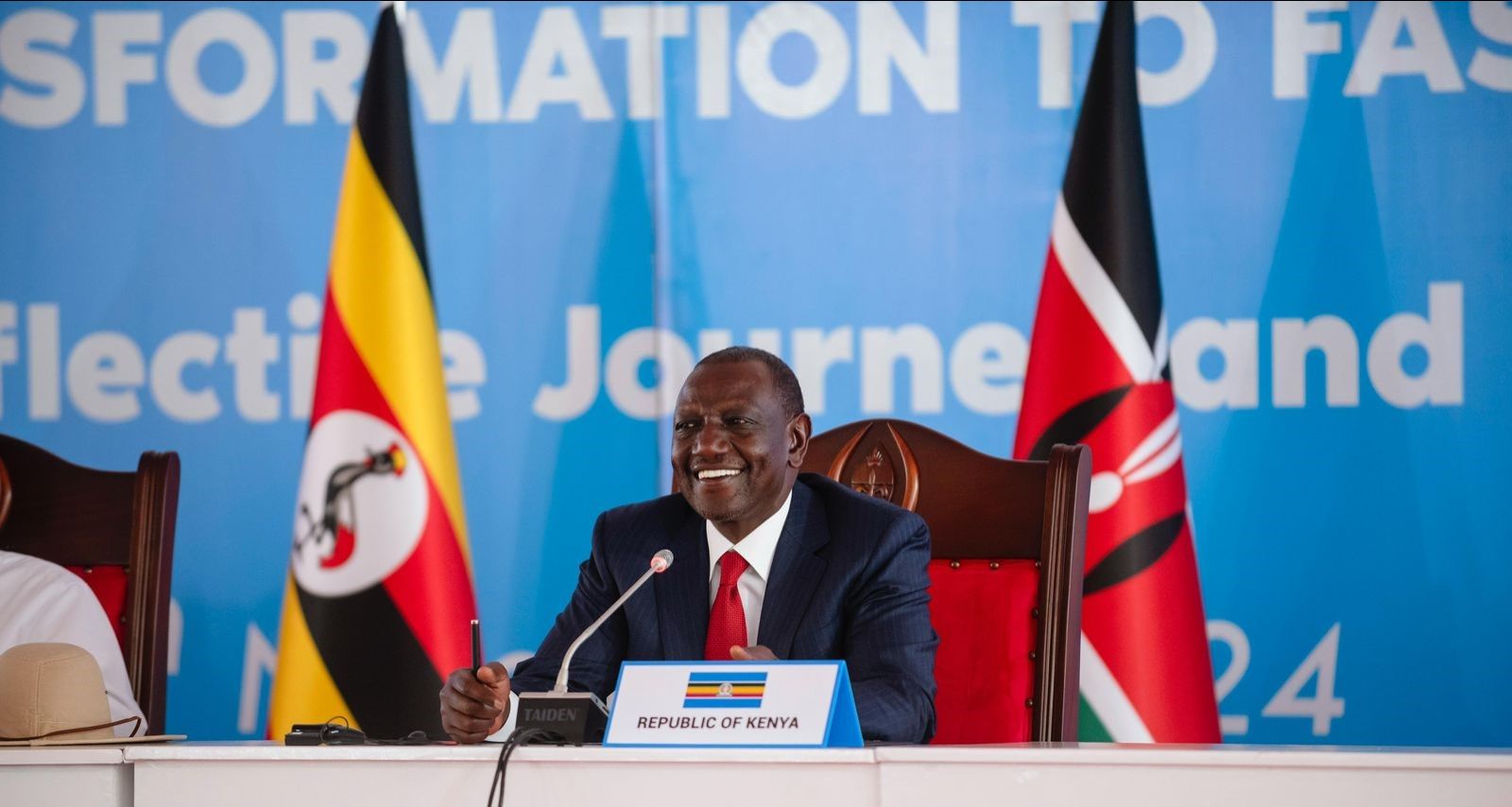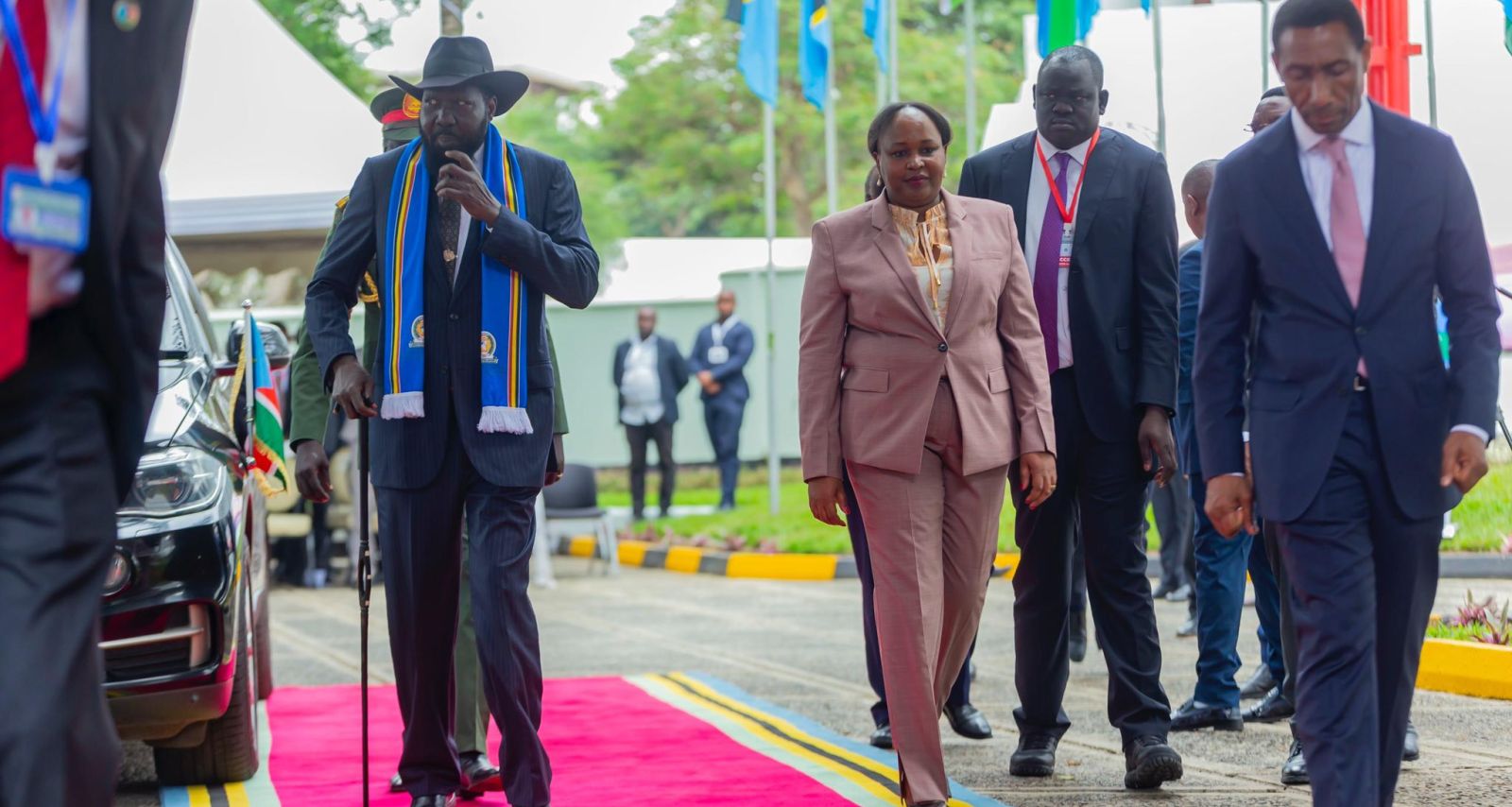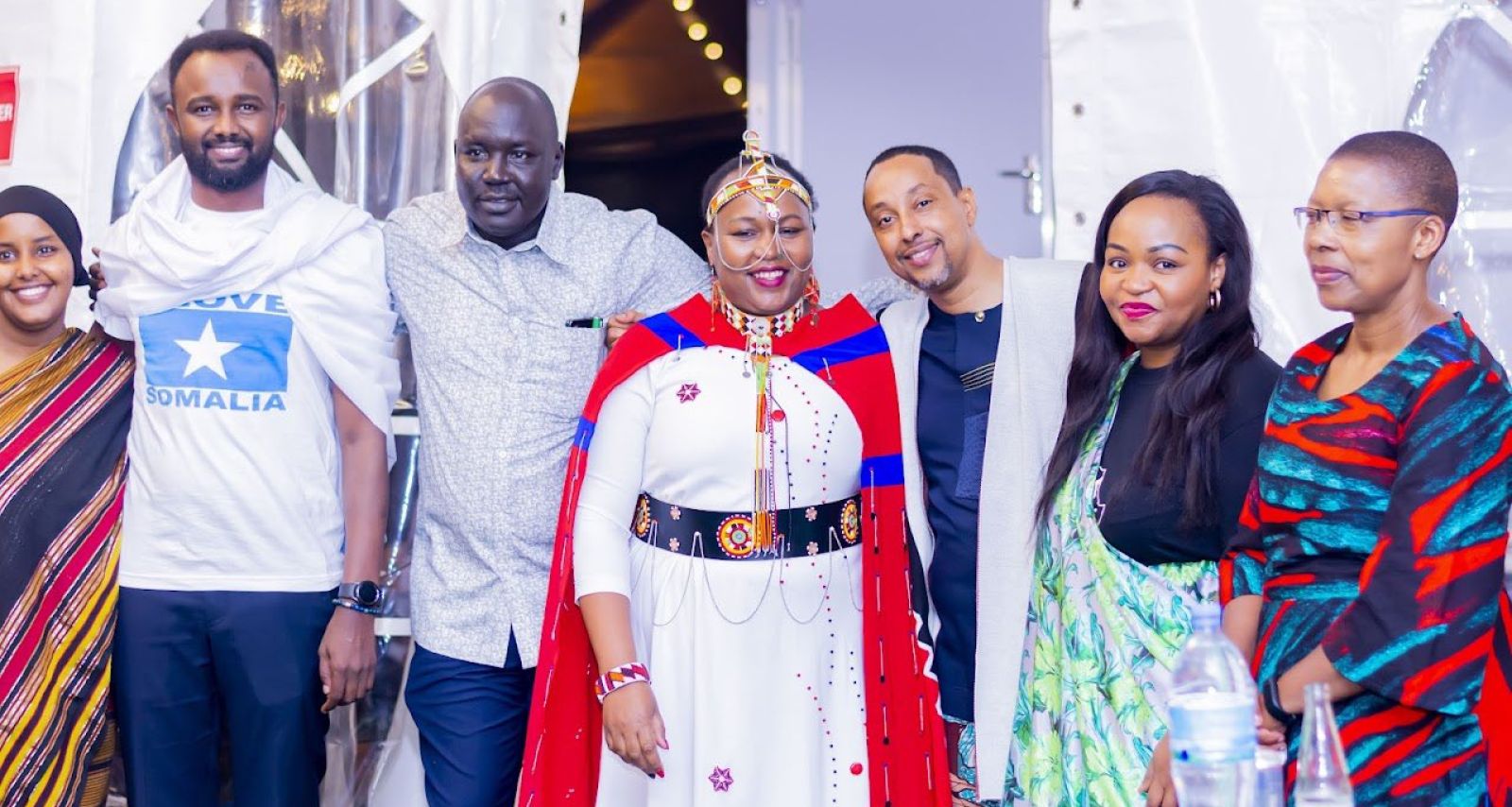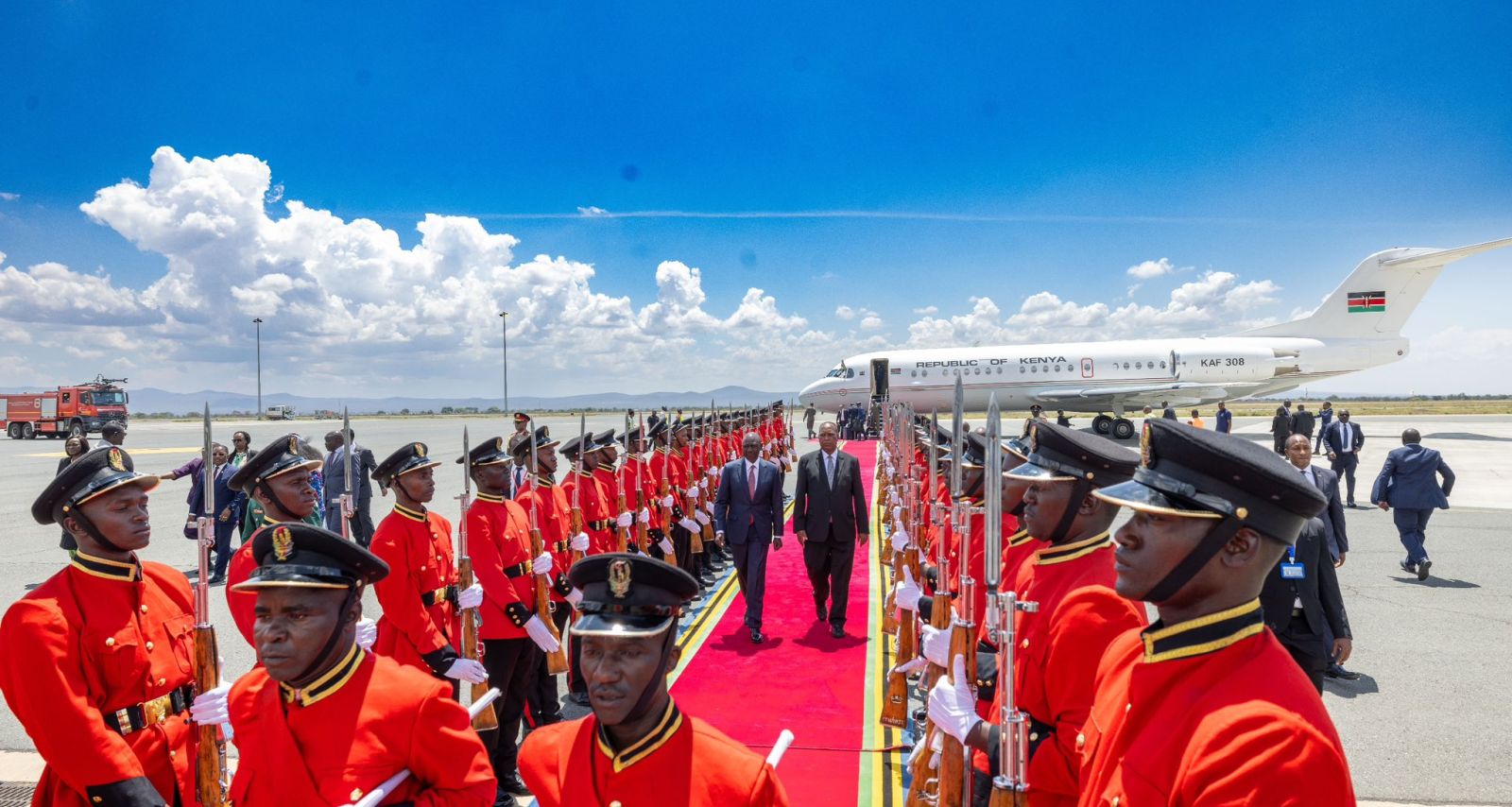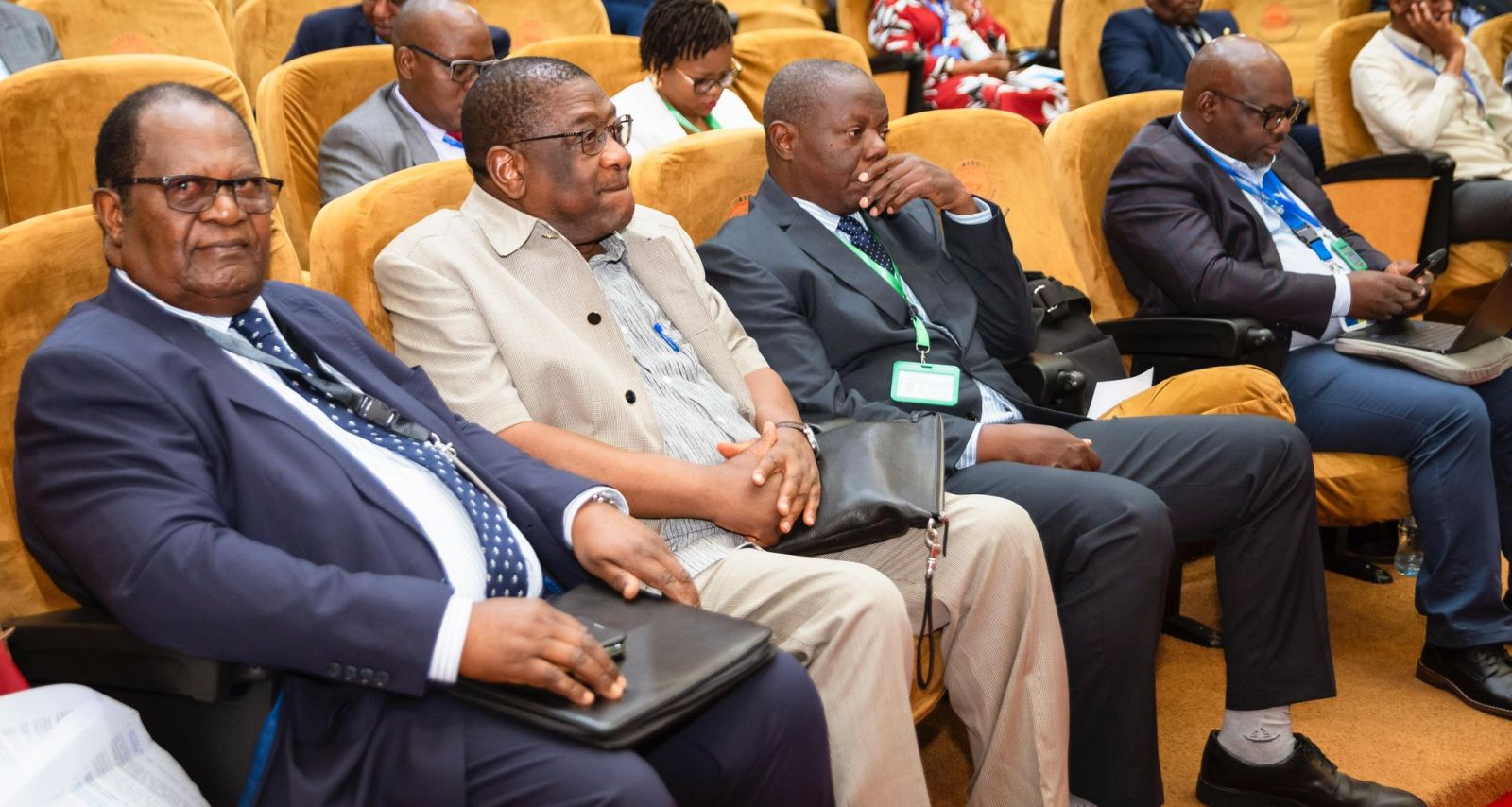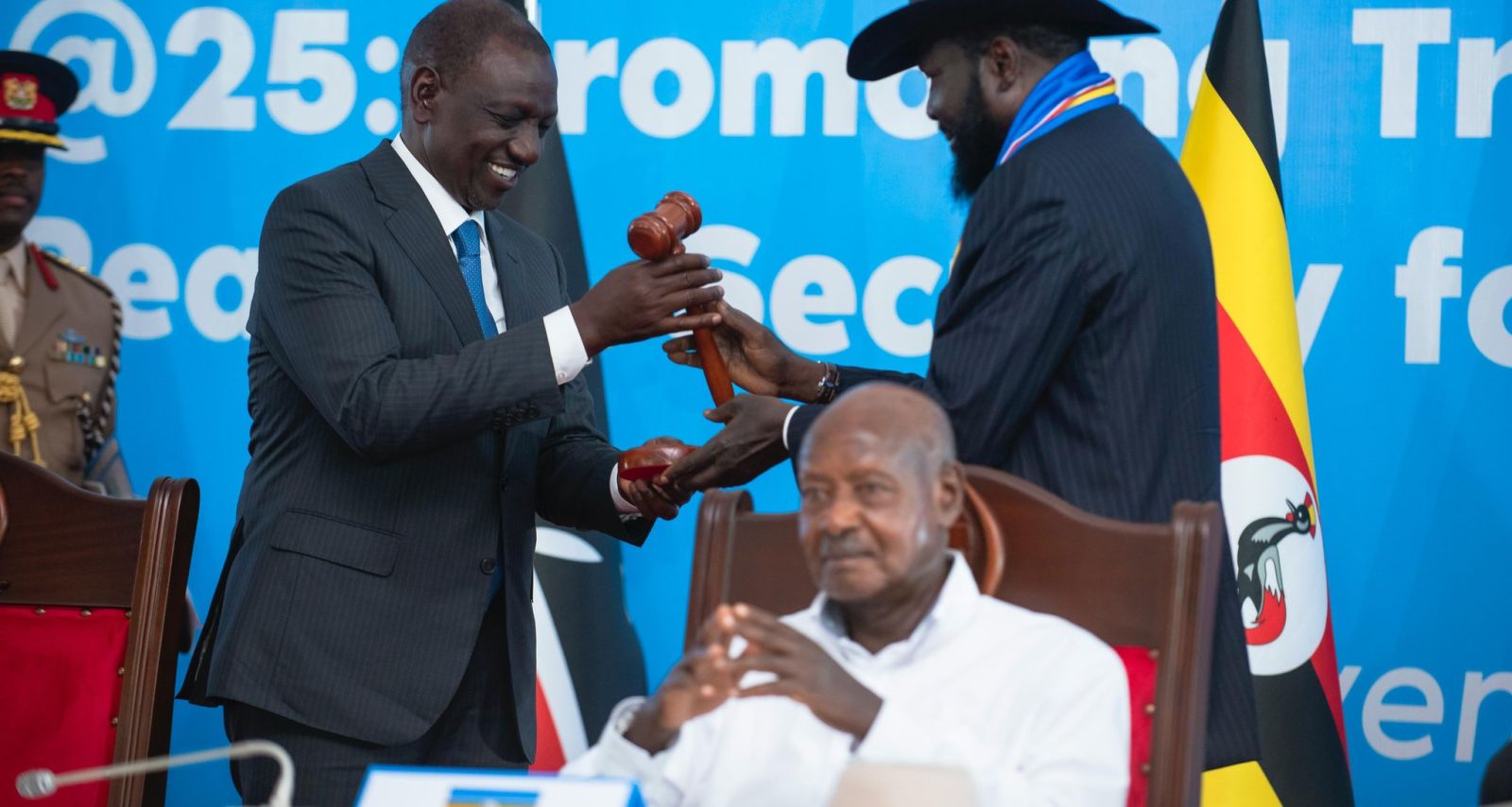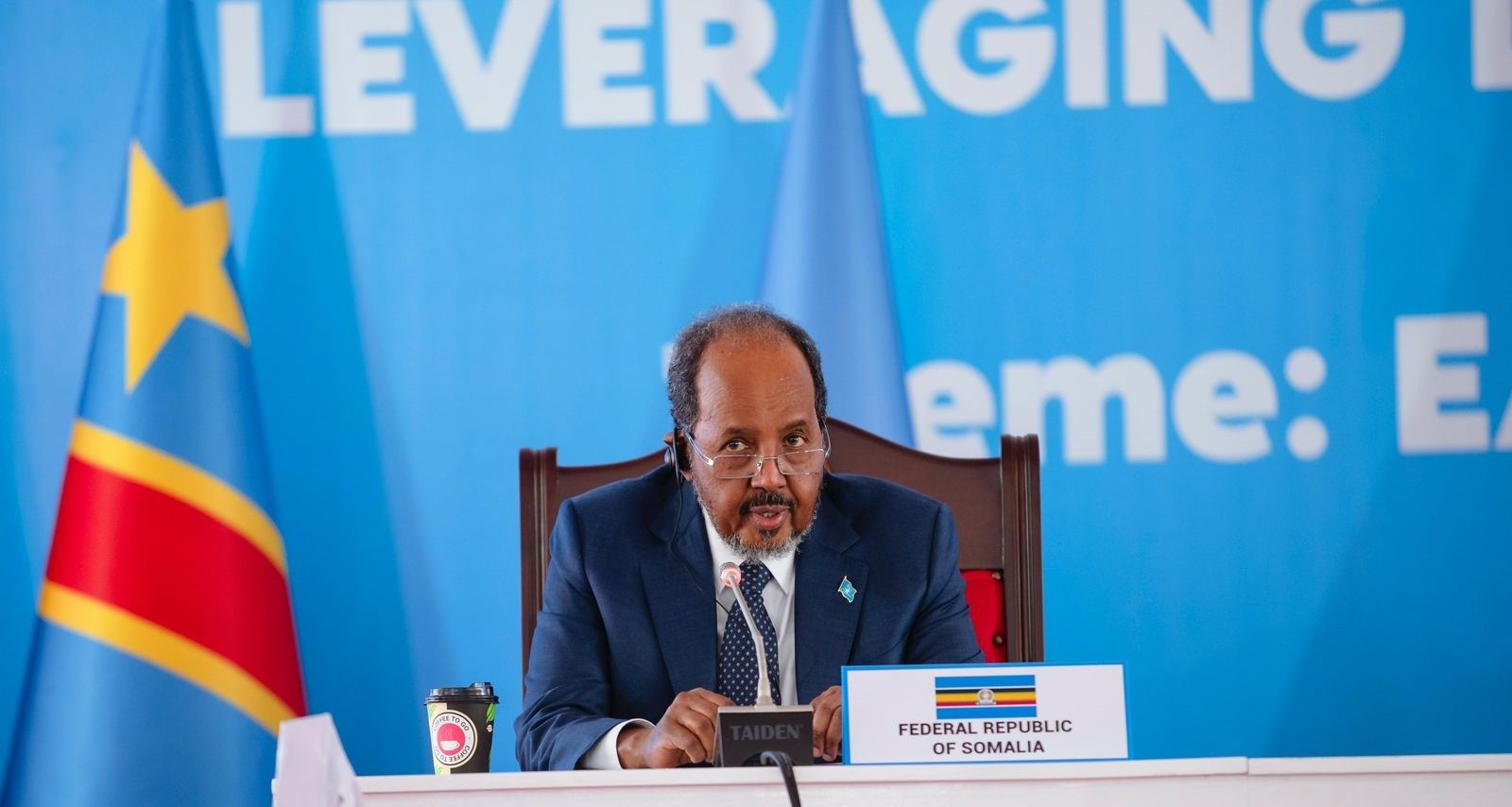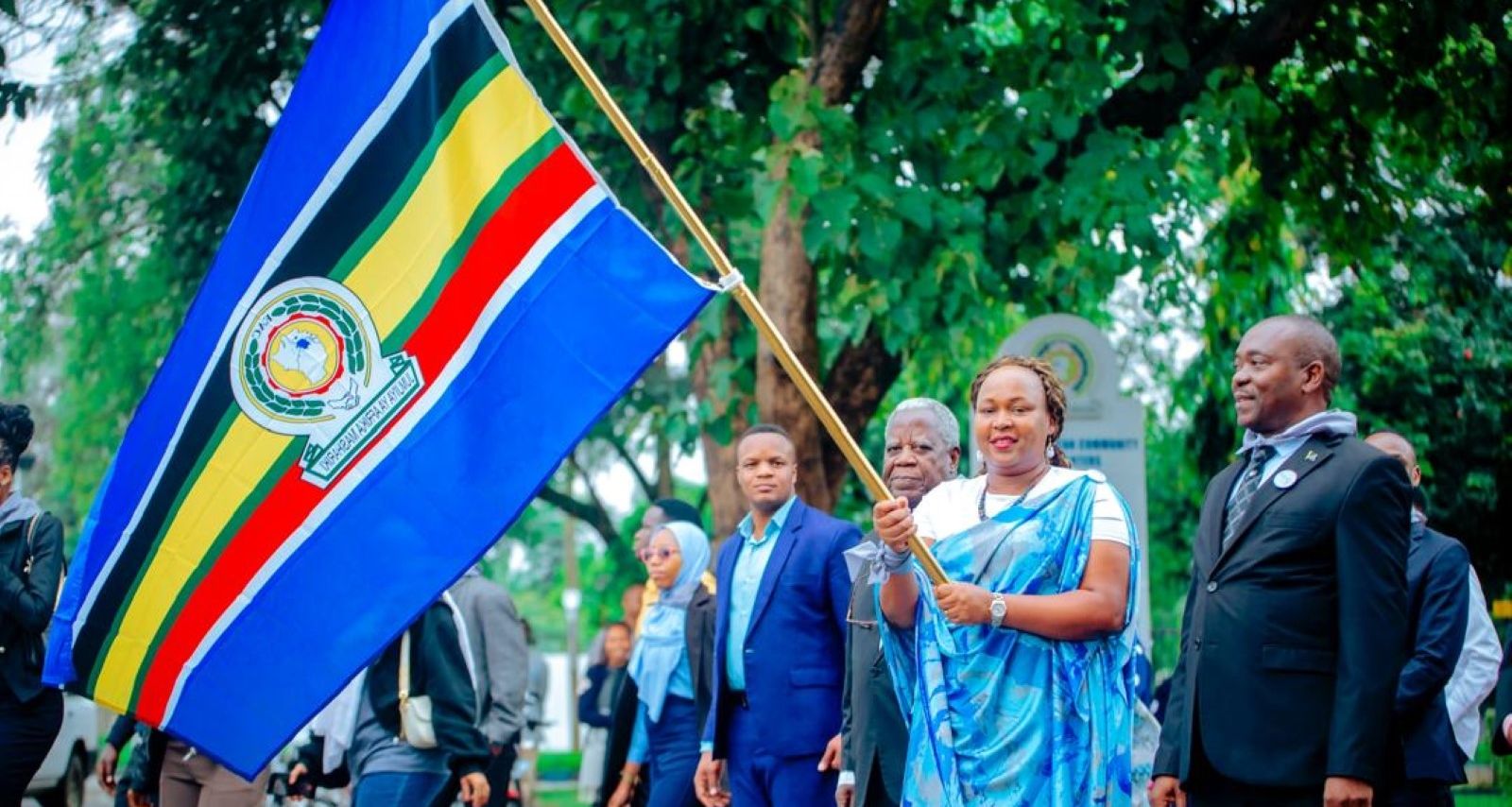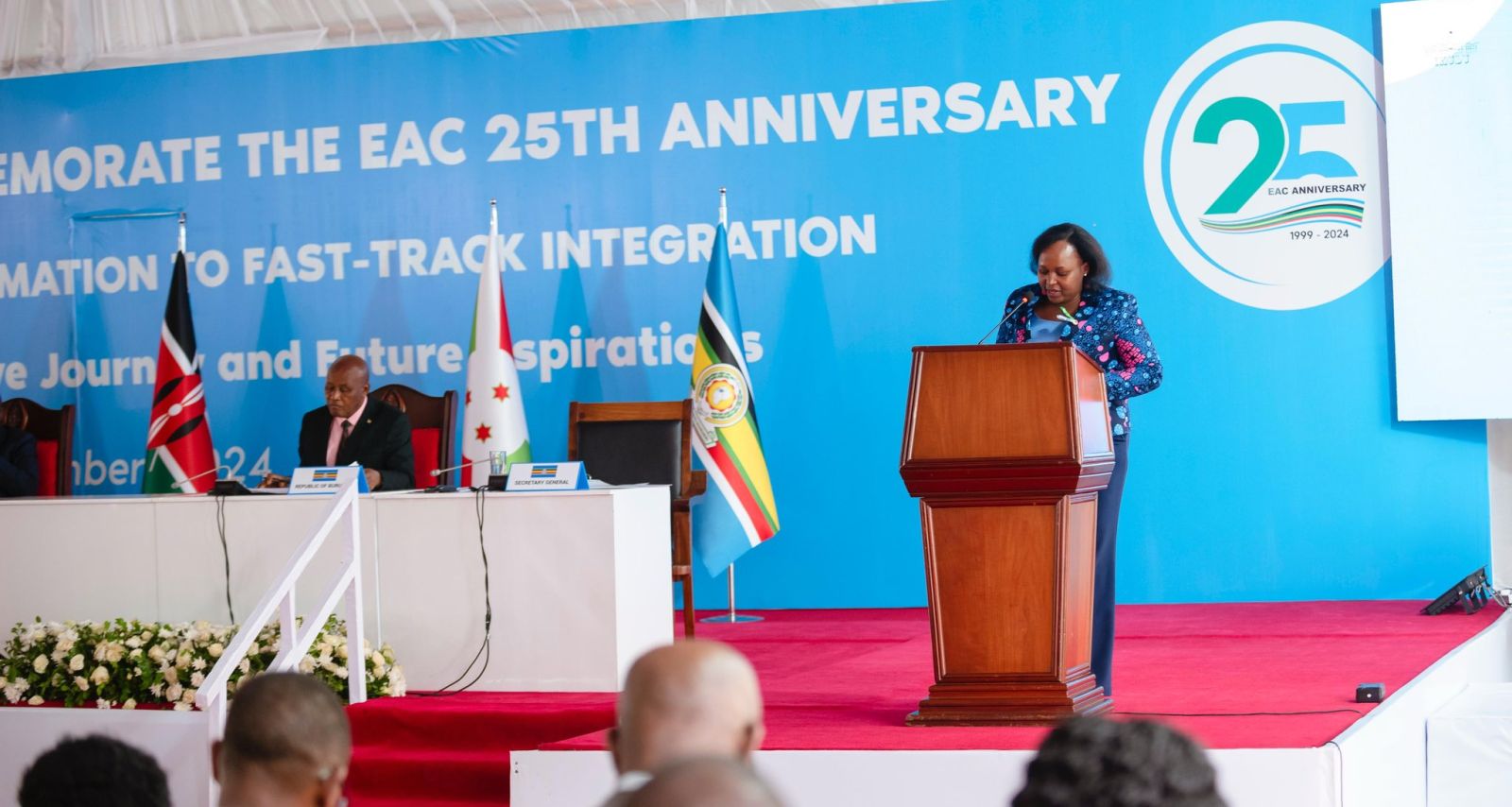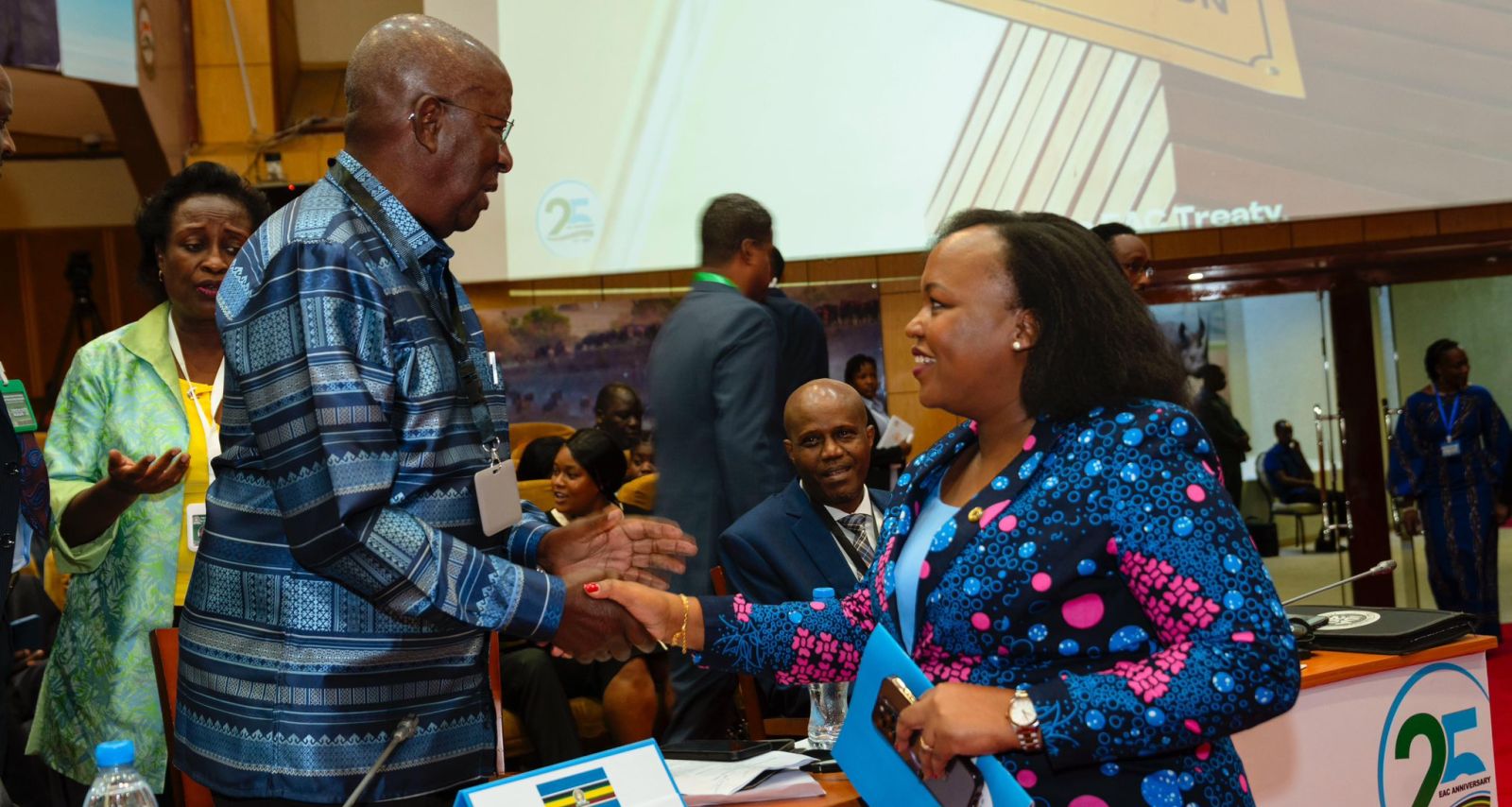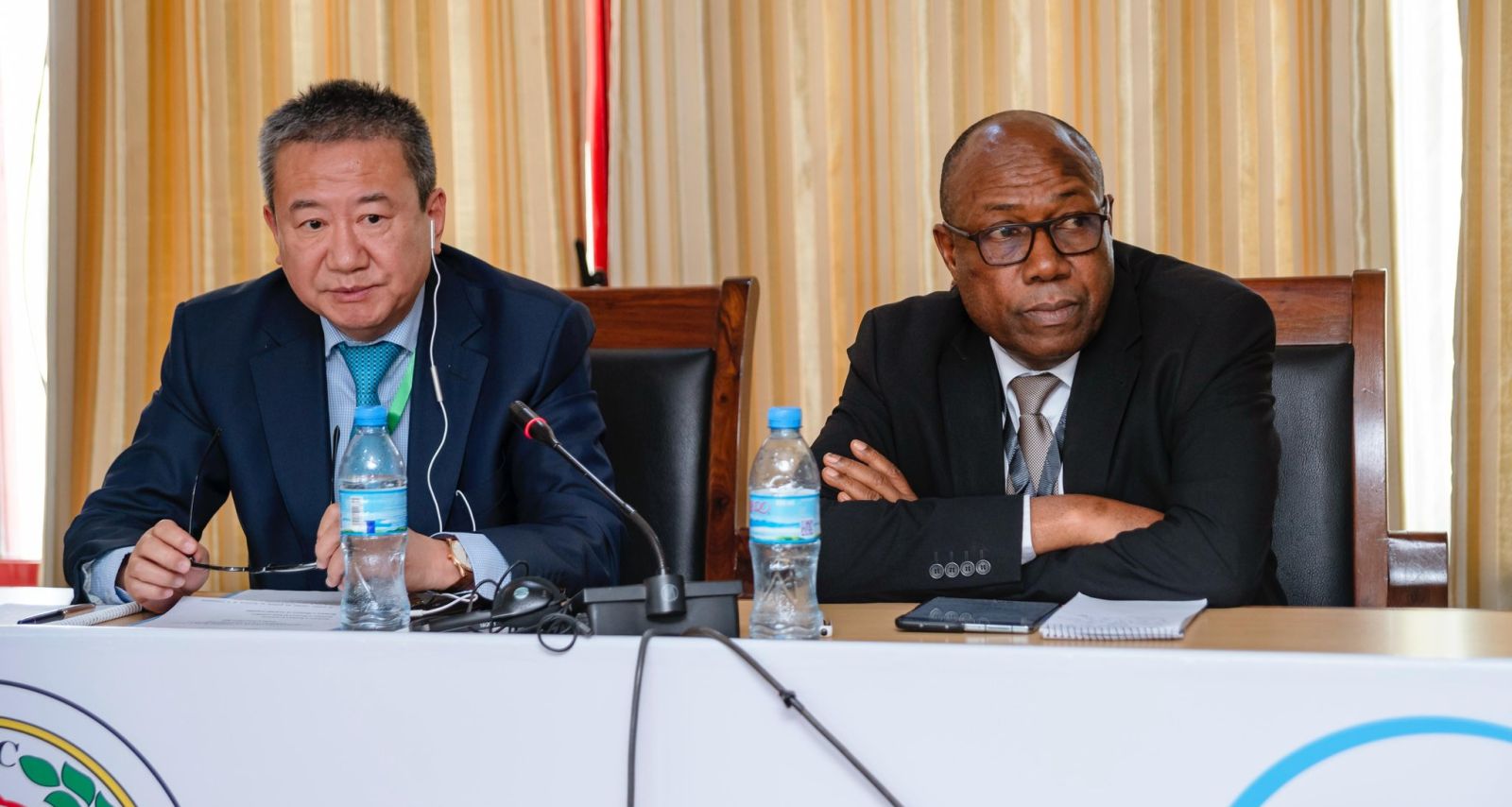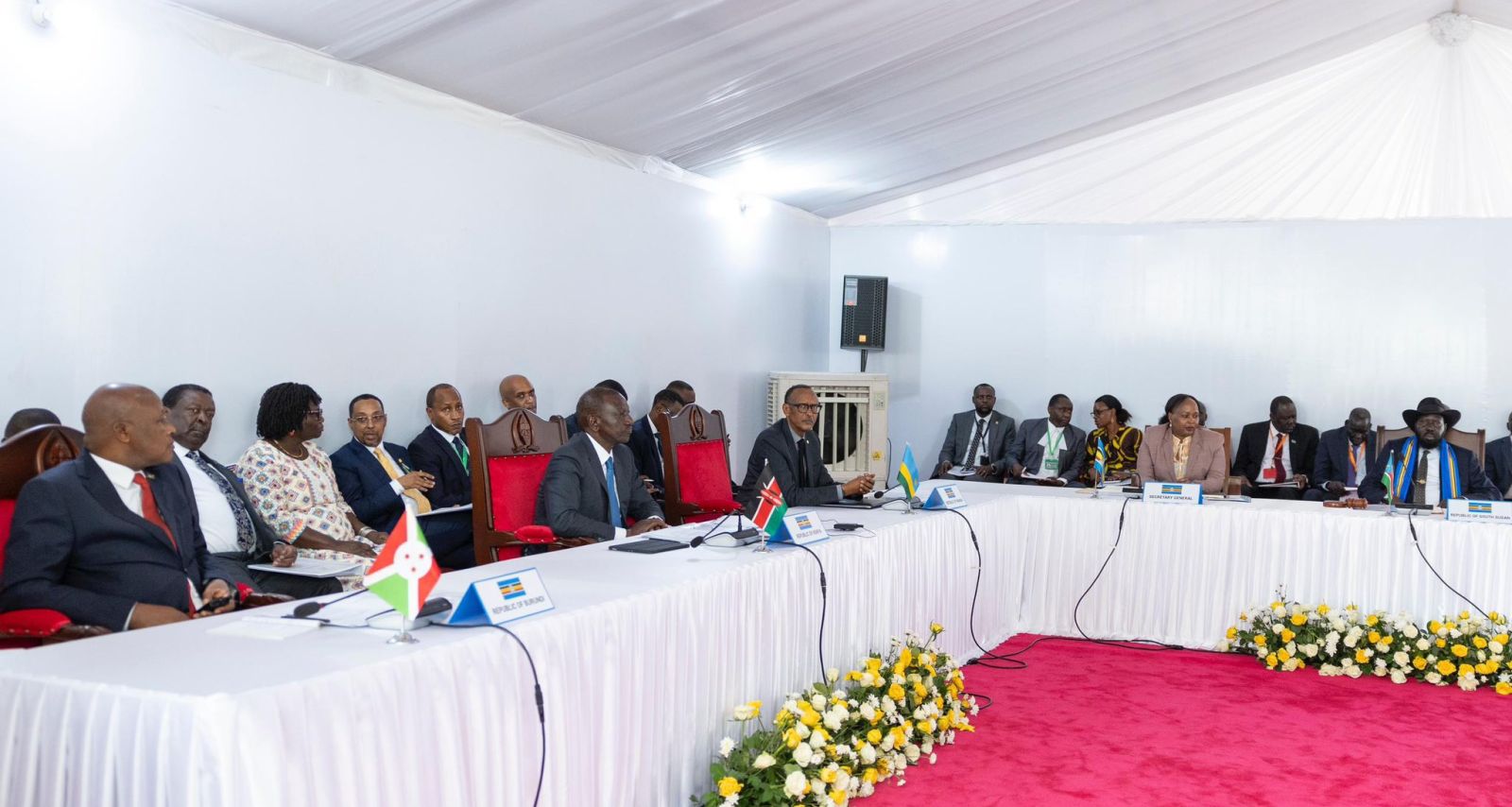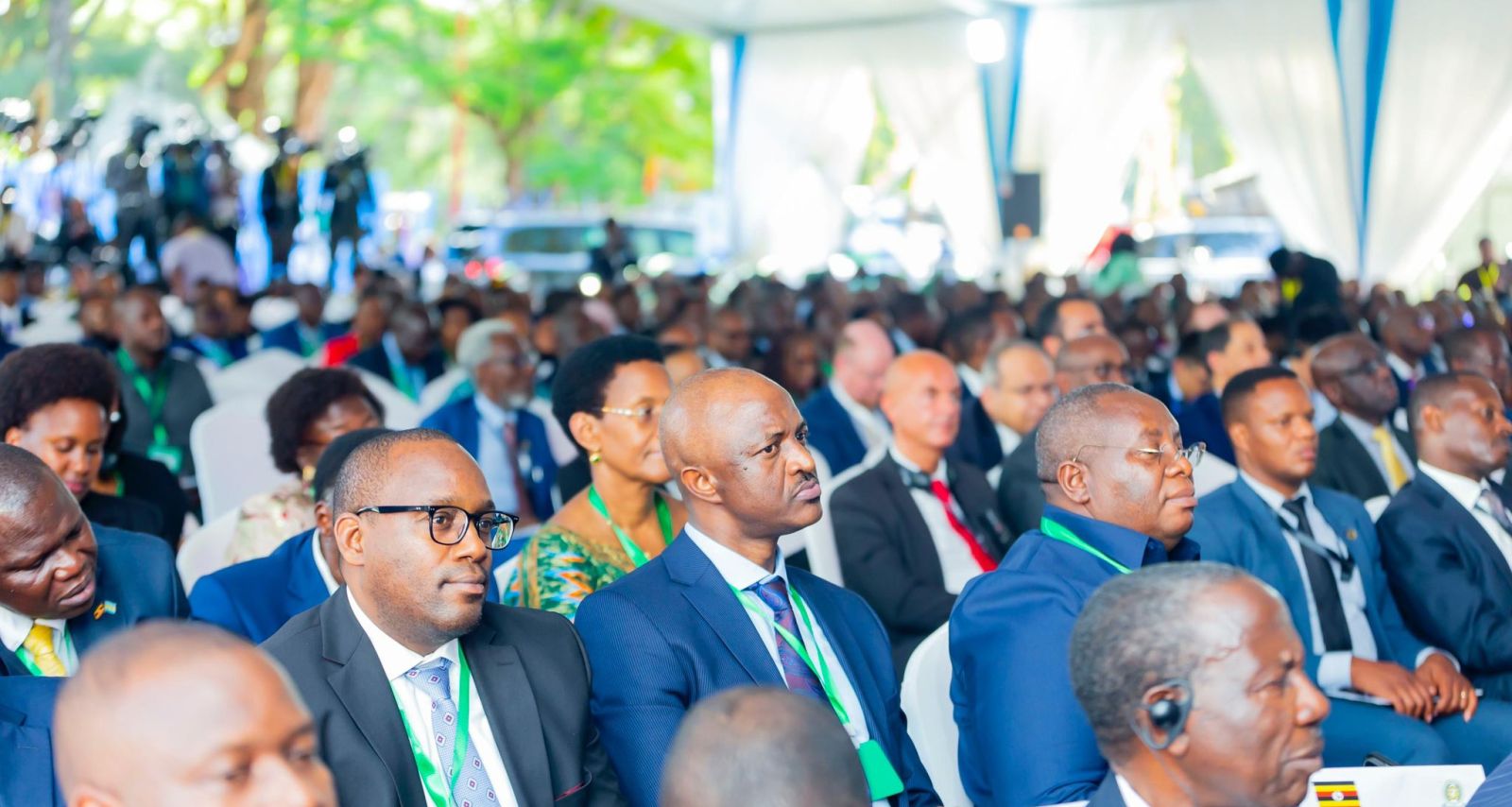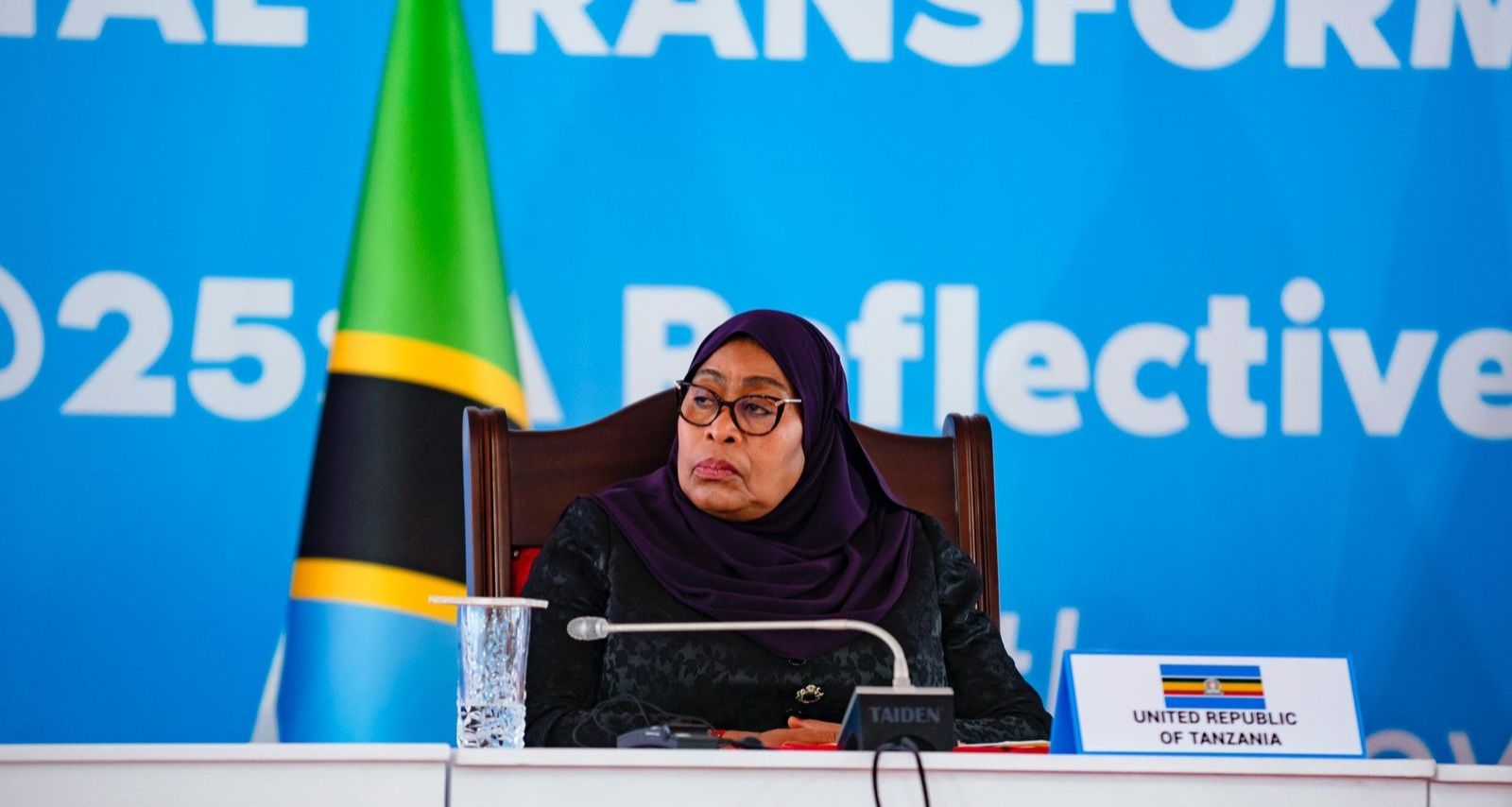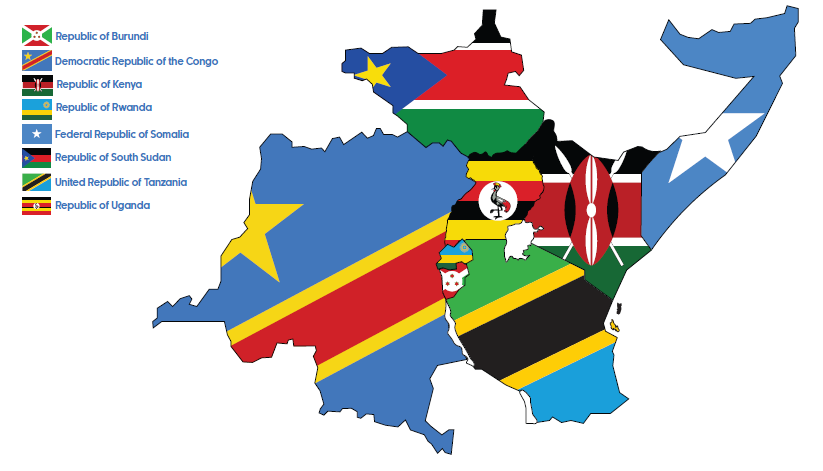
History of the EAC
The East African Community (EAC) traces its origins back to the early 20th century, when Kenya, Uganda, and Tanganyika (now Tanzania) formed cooperative ties through shared services such as the establishment of the East African Currency Board in 1905 and the East African Railways and Harbours in 1948. In 1967, shortly after these countries gained independence, they officially established the EAC as an intergovernmental organization aimed at fostering economic cooperation and integration across East Africa. The first EAC signifies one of the earliest attempts at regional integration in Africa. However, differing political and economic policies among the Partner States led to the dissolution of the initial EAC in 1977, marking a setback for regional unity.

EAC Founding Fathers, L-R: Mzee Jomo Kenyatta, Mwalimu Julius K. Nyerere and Dr Apollo [Milton] Obote (2nd right)
Despite this, the vision of a united East Africa remained alive, and in the late 1990s, the leadership of Kenya, Uganda, and Tanzania resumed talks, leading to the signing of a new EAC Treaty on November 30, 1999. This treaty took effect in July 2000, formally re-establishing the EAC.
Since its revival, the EAC has grown significantly in both membership and scope. Rwanda and Burundi joined in 2007, South Sudan acceded in 2016, the Democratic Republic of Congo in 2022, and most recently, the Federal Republic of Somalia in 2024. This expansion highlights the EAC’s commitment to fostering a cohesive and expansive regional bloc that reflects the economic and social aspirations of East Africa. Over the years, the EAC has also made significant strides in integration through the establishment of its four pillars: the Customs Union, Common Market, Monetary Union, and the ongoing pursuit of a Political Federation.
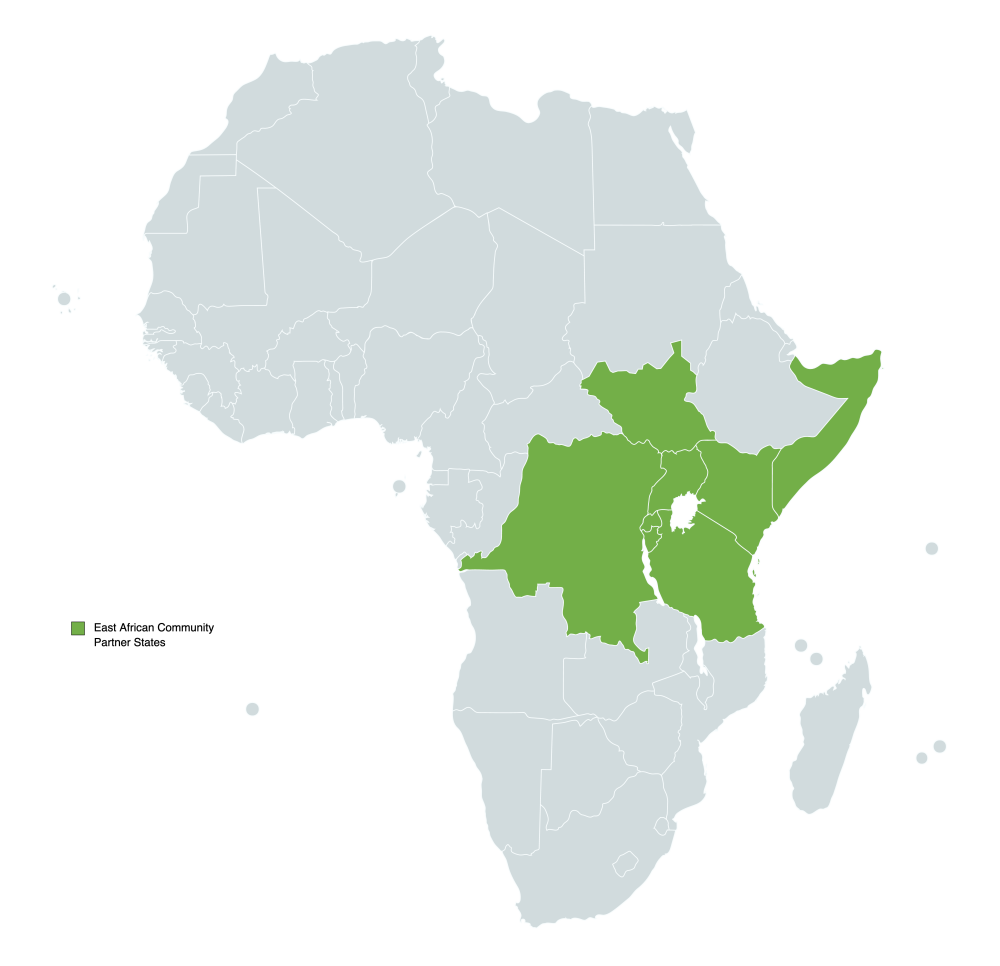 Location map of the East African Community
Location map of the East African Community
Spanning 5.4 million square kilometres, the EAC region is home to an estimated 302.2 million people, with over 30% residing in urban centres. Collectively, the EAC boasts a Gross Domestic Product (GDP) of approximately USD 312.9 billion, underscoring its significant strategic and geopolitical potential as an economic and political force on the African continent.
The EAC integration agenda is strategically anchored on four (4) fundamental pillars: the Customs Union, Common Market, Monetary Union, and Political Federation. Each pillar builds progressively upon the other, establishing a comprehensive framework for regional unity and collaboration.
The Customs Union, as the first pillar, fosters trade by removing internal tariffs and establishing a common external tariff, while the Common Market enhances mobility of goods, services, capital, and labour across borders, driving economic growth and interdependence. Building on these, the Monetary Union seeks to streamline financial systems and introduce a single currency, reducing transaction costs and strengthening economic stability. Finally, the Political Federation aims to consolidate these gains by establishing unified governance structures, bolstering peace and security, and amplifying the region’s collective influence. Together, these pillars guide the EAC toward achieving a robust, integrated, and competitive regional bloc.
Pillar 1: The Customs Union:
The overall objective of the EAC Customs Union is to boost regional trade by eliminating internal tariffs and creating a Common External Tariff (CET) on imports from non-member countries. This integration enhances economic efficiency, encourages investment, and promotes the free movement of goods among EAC Partner States. Ultimately, it aims to foster economic growth and competitiveness within the East African region.
Pillar 2: The Common Market
The EAC Common Market aims to enable the free movement of goods, labour, services, and capital among Partner States, creating a seamless economic space across the region. This integration promotes economic growth, investment, and employment opportunities, making it easier for businesses and individuals to operate across borders. Ultimately, the Common Market seeks to enhance the standard of living for East Africans by fostering a more integrated and competitive regional economy.
Pillar 3: Monetary Union
The EAC Monetary Union aims to establish a unified monetary system within the East African Community, ultimately leading to the adoption of a single currency across Partner States. This integration seeks to streamline transactions, reduce exchange rate risks, and foster price stability, facilitating trade and investment within the region. By strengthening economic and financial integration, the Monetary Union supports the broader goal of a stable and prosperous East African economy.
Pillar 4: Political Federation
The EAC Political Federation aims to unite the Partner States into a single, cohesive political entity with shared governance structures. This integration enhances peace, security, and collective decision-making, enabling the region to address common challenges and uphold shared values more effectively. Ultimately, the Federation seeks to empower East Africans through stronger regional representation and coordinated leadership on the global stage.
Milestones in Regional Integration
As one of the fastest-growing regional economic blocs globally, the EAC is making remarkable strides in regional integration. Significant achievements include the establishment of the East African Customs Union, the launch of the Common Market in 2010, and ongoing efforts to implement the East African Monetary Union Protocol. These developments underscore the EAC’s commitment to economic cohesion, facilitating trade, and creating a more unified market space.
Looking to the future, the EAC is accelerating its path toward a Political Federation. In May 2017, the EAC Heads of State endorsed the Political Confederation as a transitional step toward full political federation, demonstrating their determination to forge a strong, united East African bloc.
